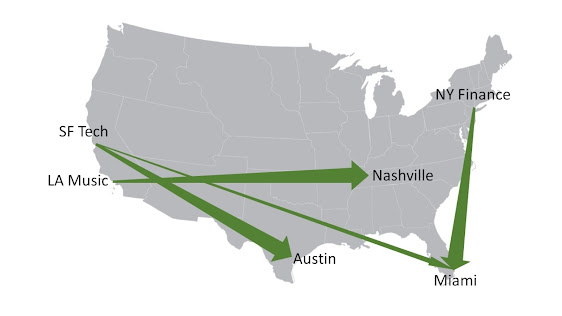Florida and Texas flattened the curve. California did not.

After the initial shutdowns in March, ventilators, PPE, and testing shortages were mostly solved by early May. Florida, Texas, and other states that followed the original plan to flatten the curve for hospitalizations have re-opened their economies while maintaining hospital capacity. California opted for a novel virus suppression strategy that has destroyed its small businesses with a profoundly negative impact on minorities. California is now about to run out of hospital capacity. In March, we were all introduced to “flatten the curve.” During a surge, patients in need of a hospital bed would have one available. The entire country pitched in for two weeks , followed by 30 days . In that hectic time, the Federal government and states prepared hospitals with ventilators, PPE, and testing infrastructure. As I wrote in August, states then reached a critical juncture : re-open with prepared hospitals per the original virus mitigation plan or continue lockdowns in an attempt to suppress th...
